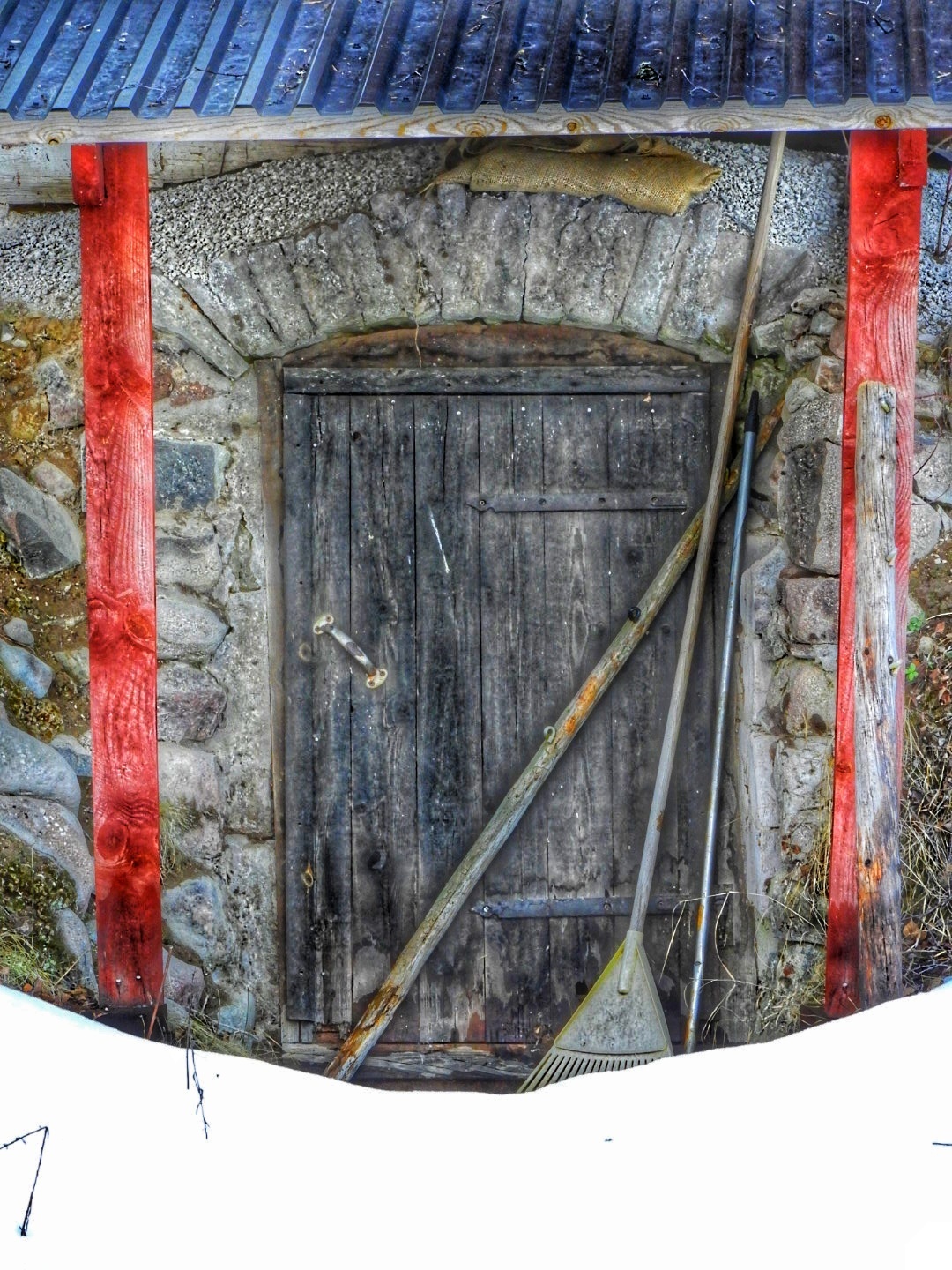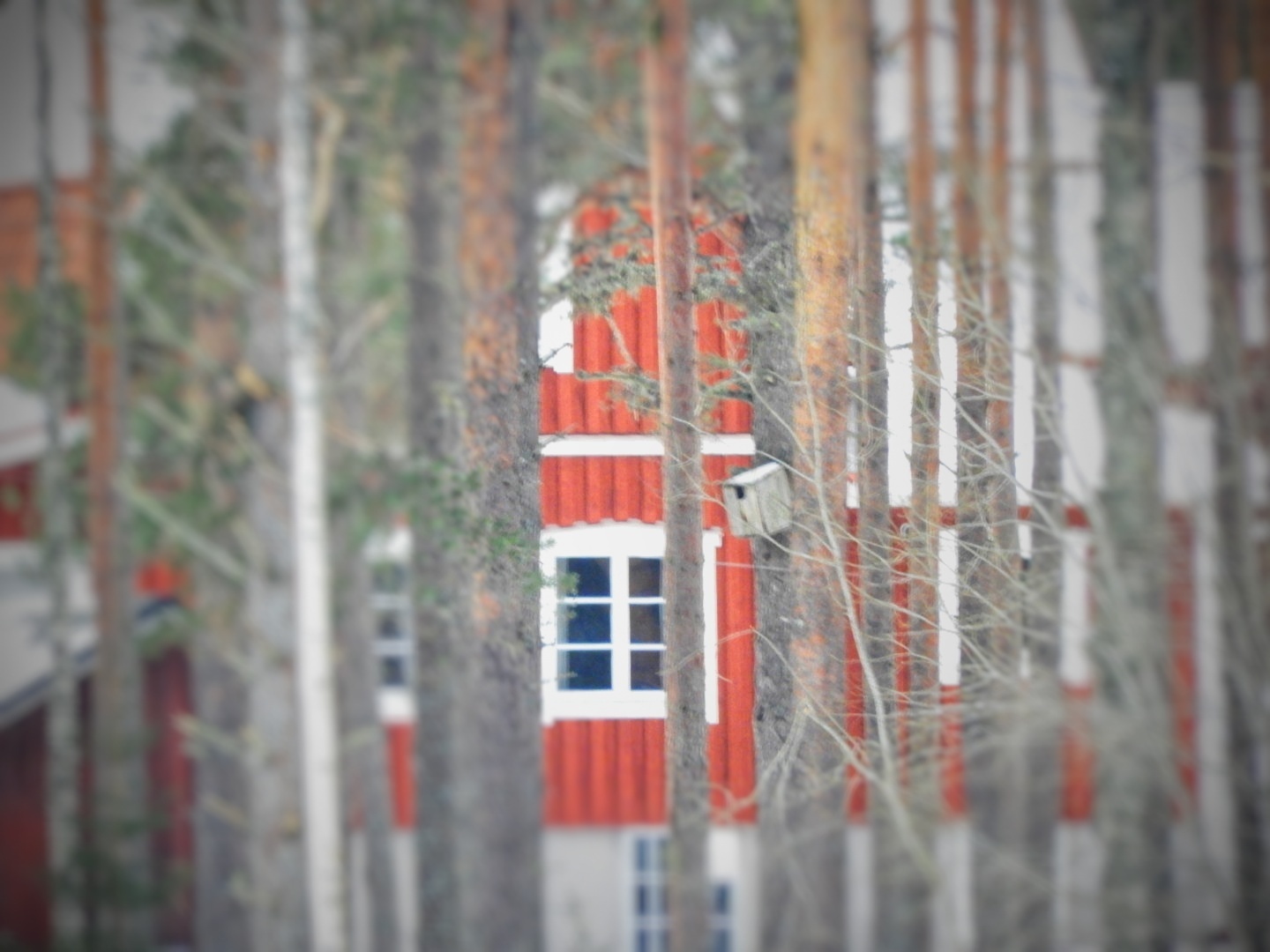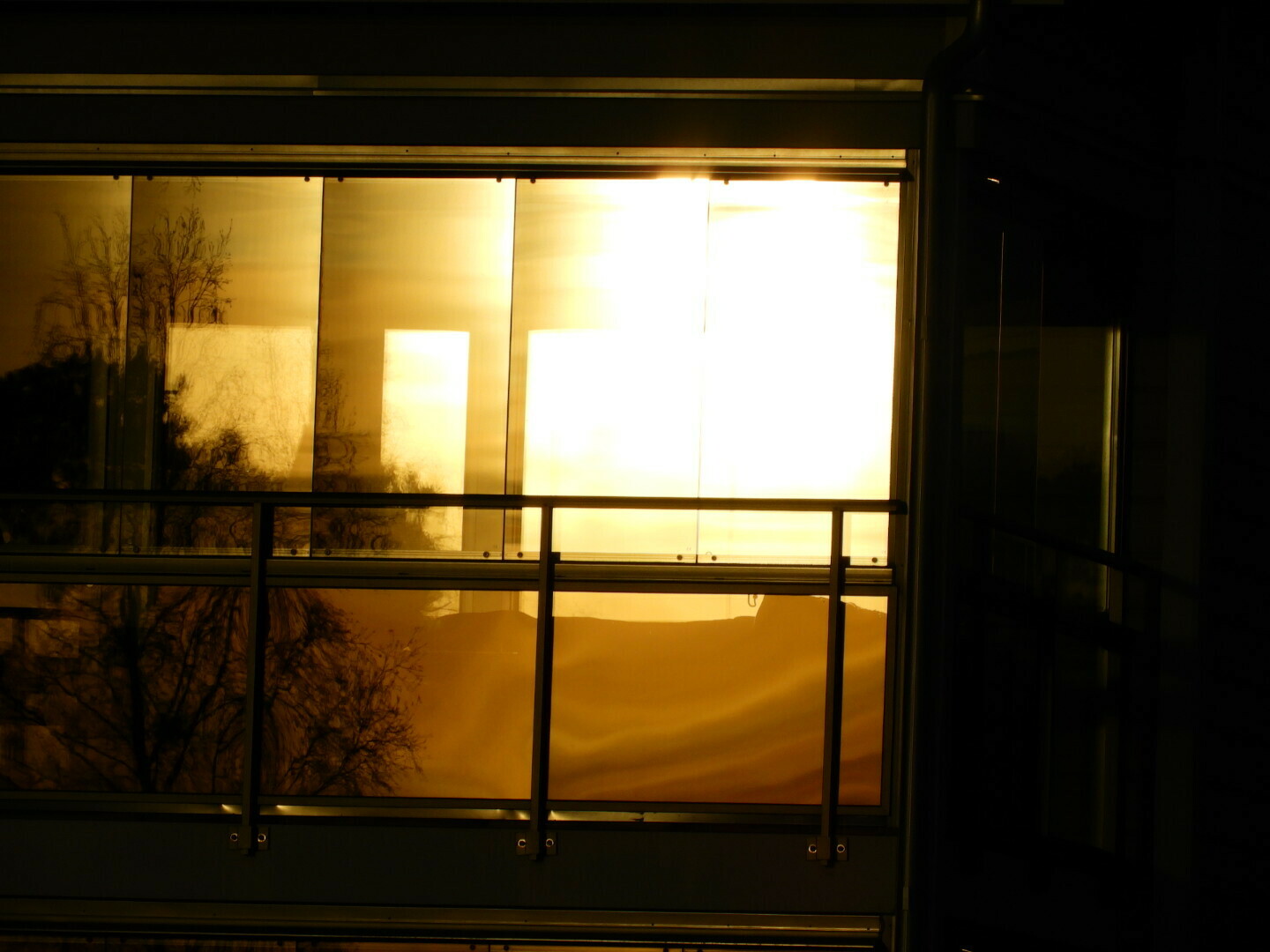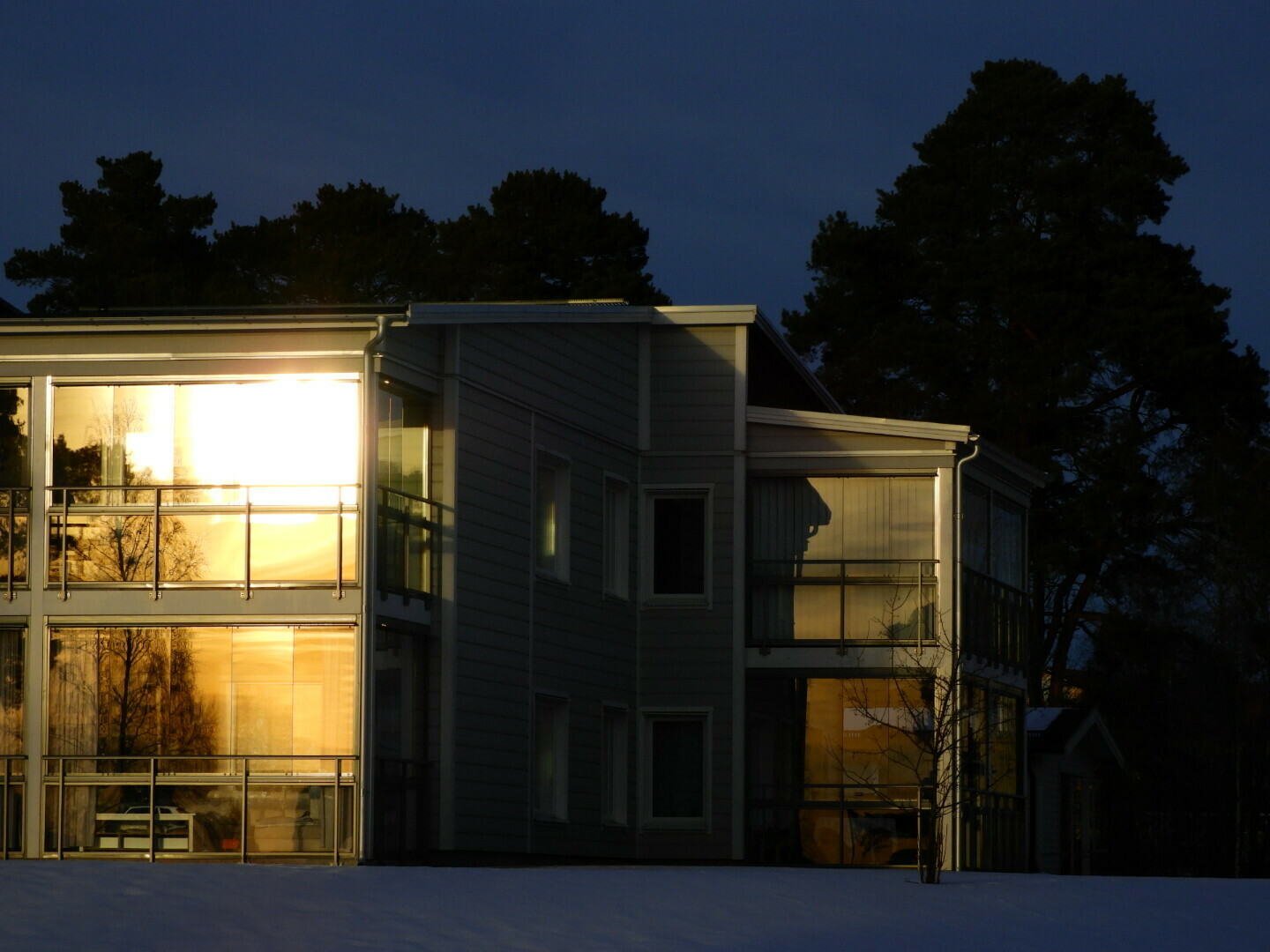#buildings


Zwei Türen im Winter
#photography #fotografie #mywork #photograph
#foto #photo #photographie #Fotograf #byggnader #Gebäude #myphoto #myart #myfoto #Sverige #sweden #buildings

Das kleine Gartenhaus
#photography #fotografie #mywork #photograph
#foto #photo #photographie #Fotograf #behausungen #byggnader #myphoto #myart #myfoto #Sverige #sweden #buildings

This is one of two times in the year that the #Sun sets into the chimney of the house opposite. The #clouds form a nice #background to the dark #silhouetted #trees and #buildings in the foreground. Also the gold and yellow contrasts nicely with the blue #sky.

Aachen von oben / Aix-la-Chapelle from above
auf dem Katschhof zwischen Dom und Rathaus in Aachen, September 2007
#Architektur #Sakralbauten #Aachen #foto #photo #fotografie #photography
#architecture #buildings #sacredbuildings

Spiegelungen / Mirrors
die Fischerbastion (Halászbástya) spiegelt sich im Hilton-Hotel, Budapest (Ungarn), Juli 1988
#Architektur #ModerneGebäude #Ungarn #Budapest #foto #photo #fotografie #photography
#architecture #buildings #modernbuildings
High Desert Clouds – © 2022 – Robert N. Clinton (aka CyberShutterbug)
#blackandwhite #buildings #clouds #cybershutterbug #desert #new-mexico #santa-fe #trees
Originally posted at: http://cybershutterbug.com/wordpress/high-desert-clouds-3/
London's lost railway arch – and 16 other architectural wonders that are no more
https://www.telegraph.co.uk/travel/lists/londons-lost-railway-arch-16-architectural-wonders-no/
London's lost railway arch – and 16 other architectural wonders that are no more
The fascinating stories behind some of the world's finest pieces of architecture – and three historical buildings you can still visit today
By Greg Dickinson, Senior Travel Writer 18 May 2022 • 8:00am
architectural sights, travel, world. holidays
The Neo-Classical entrance arch to London's Euston station, which was demolished in 1962 Credit: GettySixty years ago, a crime against architecture occurred on the streets of north London. One of the most elaborate features at any station in the city, the Euston Arch, was demolished. Its remains were later scattered, unceremoniously, into the depths of the River Lea.
Sadly, this was not the only act of architectural vandalism to occur during the 20th century. Below we take a look at 17 buildings that fell during that time, and three that miraculously survived (and which you can still visit).

Wohnhaus / Dwelling House
an der Burgstraße in Uerdingen (Krefeld), März 2012
#Architektur #Wohnhäuser #Krefeld #Niederrhein #Uerdingen #foto #photo #fotografie #photography
#architecture #buildings #dwellinghouses

Blick auf die Drachenburg und den Drachenfels (mit Baugerüst)
Siebengebirge bei Königswinter
Blick vom Venusberg (Uni-Klinik, Bonn), Januar 2009
Siebengebirge bei Königswinter
Bundesgästehaus auf dem Petersberg im Siebengebirge bei Königswinter
#Siebengebirge #Königswinter #RheinSiegKreis #Drachenburg #Drachenfels #Architektur #Bonn #foto #photo #fotografie #photography
#architecture #buildings #historicalbuildings
Users Can Now Leverage Python and Its Ecosystem To Customize EnergyPlus, Connect It to Building Equipment, Embed It Into Real-Time Applications, and More

Whole building energy modelling (BEM) — physics-based simulation of building energy use — is a multipurpose tool for building energy efficiency and grid integration, supporting traditional applications like design, code compliance, and even code development. The U.S. Department of Energy (DOE) has invested in BEM and its applications since the 1970s, most recently and notably with EnergyPlus, its flagship open-source BEM engine.
BEM in general, and EnergyPlus in particular, are well established in applications such as high-performance building design, code compliance, and even code development — the latter done by evaluating the costs and savings of proposed amendments on a suite of fixed archetypal models of different building types including an office building, a school, a hospital, and high-rise apartments. These traditional applications are similar to one another in that they are primarily concerned with minimizing total annual energy use.
Python EMS allows EnergyPlus to integrate and exchange data with a large number of outside tools and libraries. Notable examples include the ability to use machine learning libraries in the implementation of building control algorithms, the ability to acquire real-time data from equipment and building control systems, and the ability to be embedded in larger real-time applications that require fine-grain simulation control.
See https://cleantechnica.com/2022/01/07/python-opens-up-new-applications-for-energyplus-building-energy-simulation/
#Blog, #buildings, #energy, #Environment, #machinelearning, #python, #technology
Flix – © 2021 – Robert N. Clinton (aka CyberShutterbug)
#arizona #blackandwhite #buildings #cybershutterbug #phoenix #streetphotography
Originally posted at: http://cybershutterbug.com/wordpress/flix/
The Transaction – © 2021 – Robert N. Clinton (aka CyberShutterbug)
#arizona #blackandwhite #buildings #candidpublicphotography #cybershutterbug #people #phoenix #streetphotography
Originally posted at: http://cybershutterbug.com/wordpress/the-transaction/

Ornamente an der alten Schachtschleuse Heinrichenburg / Ornaments at the old Heinrichenburg shaft lock
Schleusenpark Waltrop, Mai 2010
#Architektur #ArchitektonischeDetails #KreisRecklinghausen #Ruhrgebiet #Waltrop #foto #photo #fotografie #photography
#architecture #buildings #architecturaldetails












